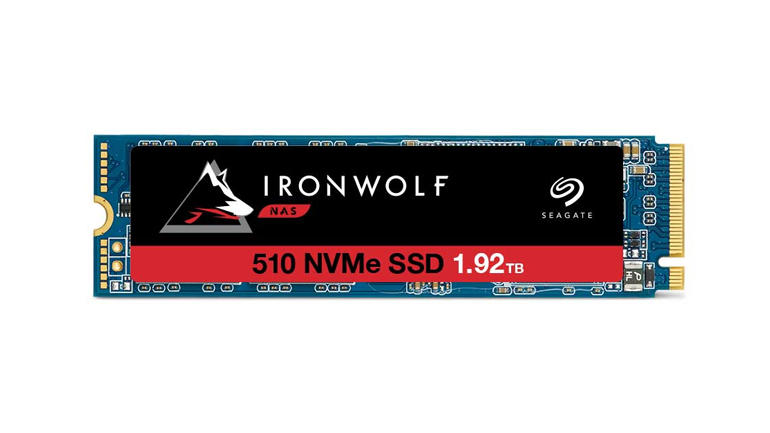'ZDNET Recommends': What exactly does it mean?
ZDNET's recommendations are based on many hours of testing, research, and comparison shopping. We gather data from the best available sources, including vendor and retailer listings as well as other relevant and independent reviews sites. And we pore over customer reviews to find out what matters to real people who already own and use the products and services we’re assessing.
When you click through from our site to a retailer and buy a product or service, we may earn affiliate commissions. This helps support our work, but does not affect what we cover or how, and it does not affect the price you pay. Neither ZDNET nor the author are compensated for these independent reviews. Indeed, we follow strict guidelines that ensure our editorial content is never influenced by advertisers.
ZDNET's editorial team writes on behalf of you, our reader. Our goal is to deliver the most accurate information and the most knowledgeable advice possible in order to help you make smarter buying decisions on tech gear and a wide array of products and services. Our editors thoroughly review and fact-check every article to ensure that our content meets the highest standards. If we have made an error or published misleading information, we will correct or clarify the article. If you see inaccuracies in our content, please report the mistake via this form.
Seagate IronWolf 510 SSD, hands on: An enterprise-class cache to speed up your NAS

The IronWolf 510 is designed to act as an SSD cache in HDD-equipped NAS boxes.
When you want to pack a NAS device with storage, hard drives are still the best choice for capacity. And if you want to boost performance for multiple users accessing the same network storage simultaneously, without reducing capacity by giving up any drive bays, the latest NAS boxes have an M.2 slot to accommodate an SSD. If you're using Windows Server Storage Spaces Direct, it will automatically set up any NVMe drive as the write cache.
Seagate's new IronWolf 510 is an NVMe SSD specifically designed for this purpose, with dynamic overprovisioning for endurance and data protection, 256-bit AES encryption, a controller with capacitors to give the drive extra time to write data if there's a power loss, and a large DRAM cache -- 2GB on the 1.92TB model we tested. With one full drive write per day and a five-year warranty, the IronWolf 510 should have about three times the endurance of a typical desktop NVMe drive.
With 1GiB test files, the IronWolf 510 delivers the advertised performance level for sequential reads and writes.
Testing with CrystalDiskMark using 1GiB files came close to the promised 3GB/s read and 1GB/s write speeds on long sequential operations (as you'd expect with the size of the DRAM cache), which is more than enough performance to cache a NAS full of hard drives: in fact, it could keep up with an all-flash NAS using SSDs as those become more affordable, and the excellent endurance means the IronWolf drive should be something you can transfer to a new system that you invest in.
With 1GiB files, the Intel Optane SSD beat the IronWolf's write speed, but couldn't match the Seagate SSD's read speed backed by its 2GB DRAM cache. Once the test files are too big for the IronWolf DRAM cache (8GiB), read performance drops but write speed holds up well.
But real-world performance will likely be different, especially for larger files or those not in the DRAM cache. When we tested with an 8GiB file, sequential writes remained around 1GB/s, sustaining performance better than the Intel Optane SSD (tested as an NVMe drive) that we used for comparison, but the read speed dropped considerably for sequential data. With many small random reads or writes, storage performance is always much less efficient: the IronWolf 510's write performance was a match for Optane, but read performance was just over half that of Optane.
SEE: IT Data Center Green Energy Policy (TechRepublic Premium)
Because it's designed for caching, the IronWolf won't be as useful in other scenarios. Testing it as a boot drive in an Intel NUC file server accessed by multiple users and devices on the network didn't work well, for example. However, that was due to a firmware bug in the NUC motherboard that caused it to refuse to boot with an NVMe drive it measured as slow, rather than any issues with the drive itself.
At £459/$519.99, the 1.92TB model isn't cheap although (there are more affordable 240GB, 480GB and 960GB options and it's certainly cheaper than the M.2 SSDs Synology offers for caching). If you compare it to a consumer SSD you might think the write speed is on the low side, but that's not what it's intended for.
Top ZDNET Reviews
This is very specifically a way to get better performance out of a NAS that you've got maxed out on capacity to serve multiple users who are complaining that they want faster access, especially to a lot of files stored in the same folder. Profile your network storage first: it's not likely to make any difference on other NAS tasks like rebuilding the array, but if this kind of cache will improve productivity, the high price tag will be worth it.
RECENT AND RELATED CONTENT
Seagate Q1 revenue misses expectations, weighed down by slump in enterprise buying
Got a lot of SSDs and hard drives to erase? You need the StarTech four-bay drive eraser
Western Digital unveils high-speed M.2 PCIe SSD for content creators
Samsung debuts super-fast 980 PRO PCIe 4.0 SSD
Intel claims fastest data centre storage title with Optane-charged P5800X
Read more reviews
- AirPods Max review: Stunning sound and performance mean I'm keeping the $550 headphones
- Dell XPS 13 2-in-1 9310 (2020) review: An excellent, but not perfect, convertible ultraportable
- Parallels Remote Application Server 18: More tools for admins, better experiences for users
- Garmin Index S2 smart scale review: Weight and body metric data help inform your progress
- Incipio Grip case for Google Pixel 4a 5G: Enhanced grip and 14 feet drop protection
